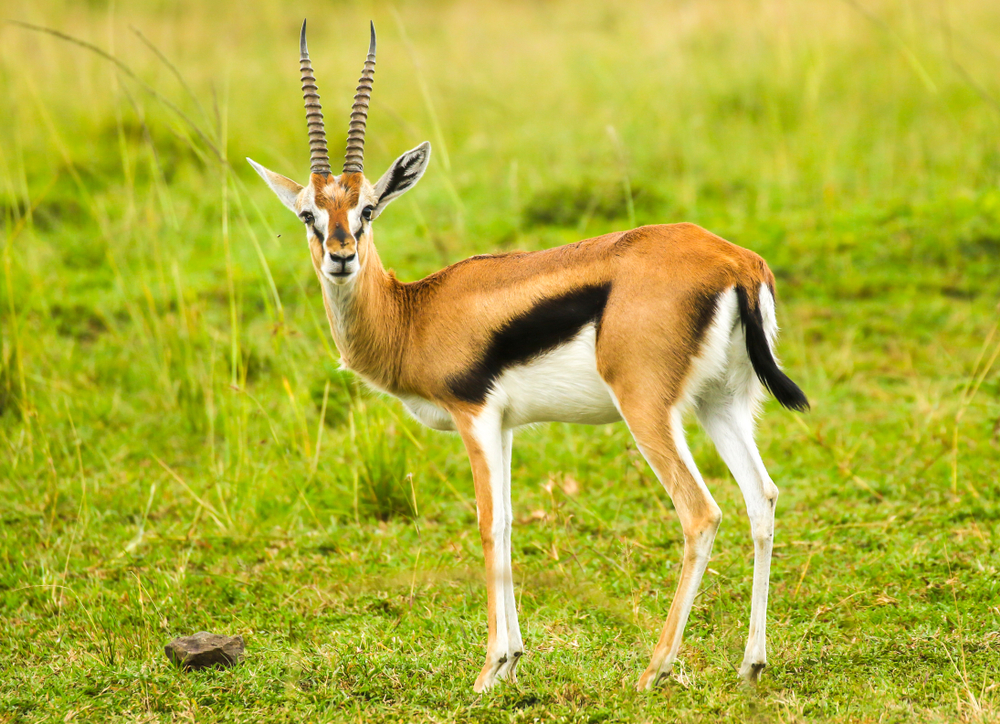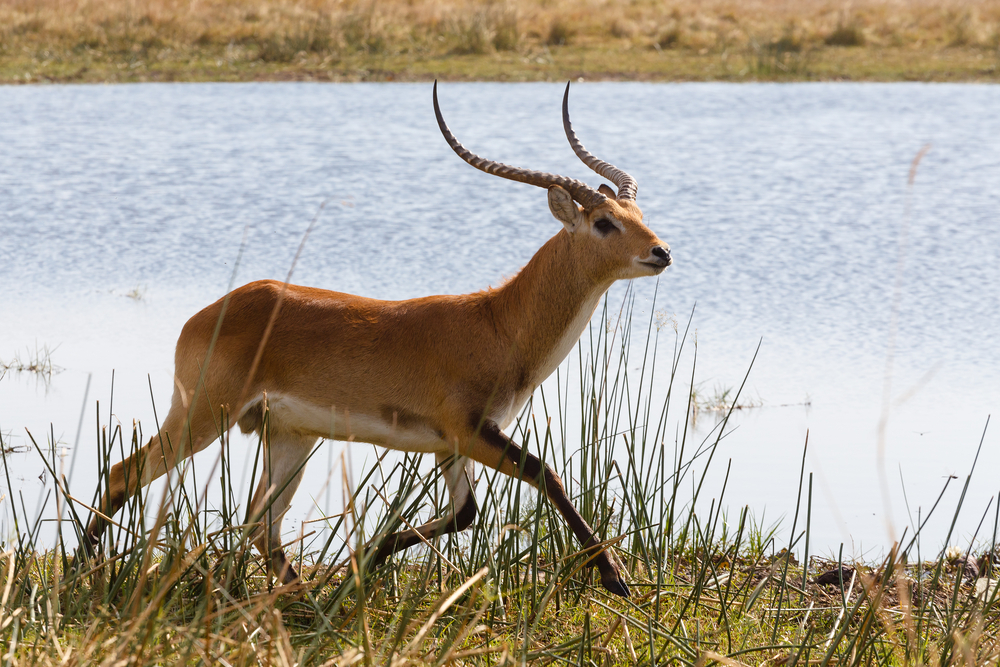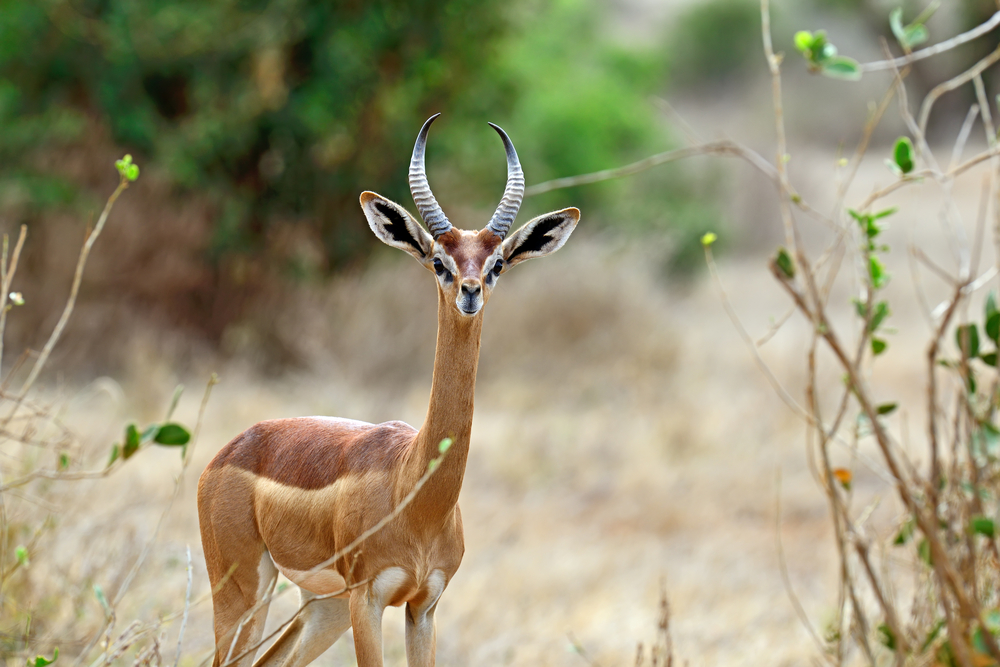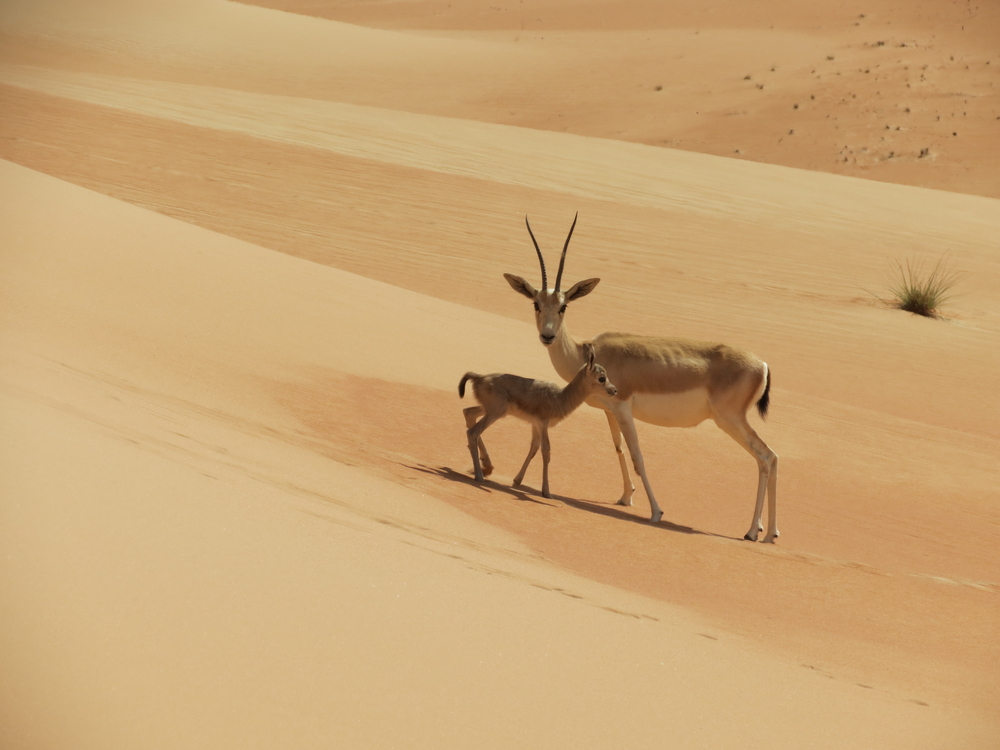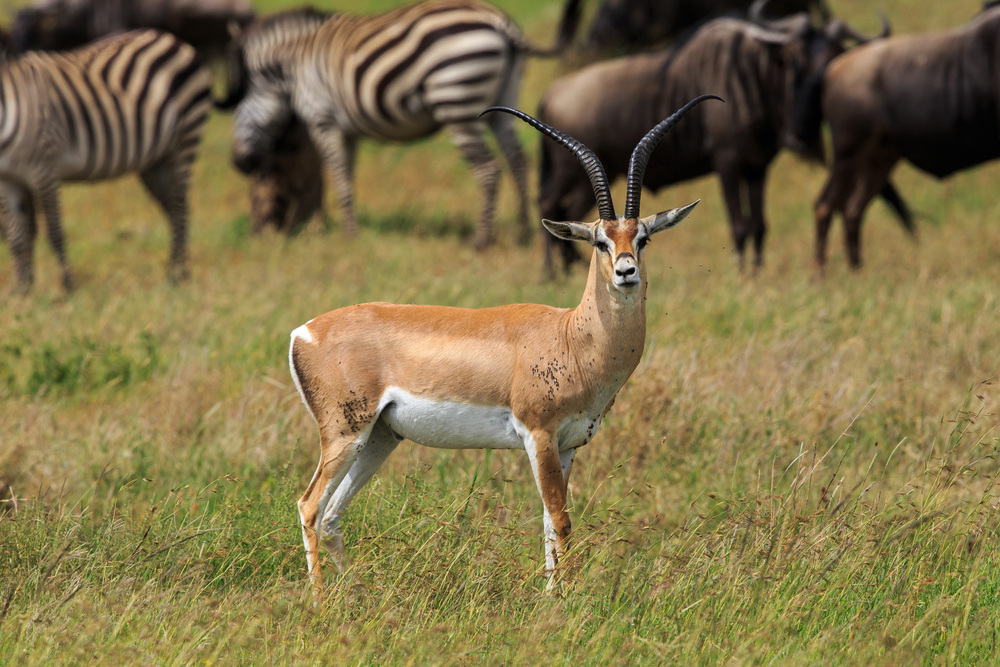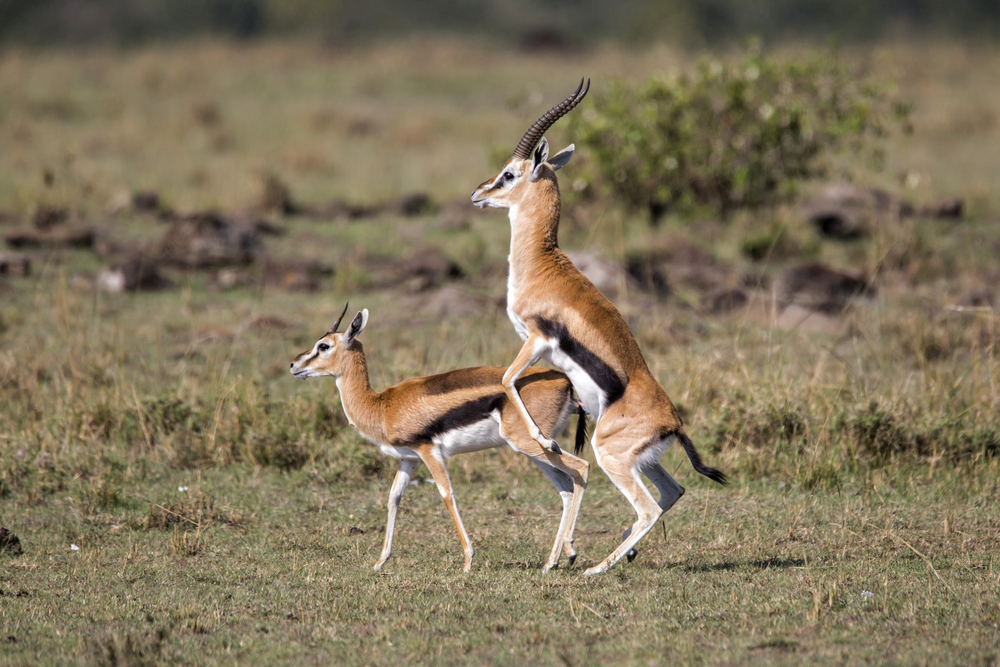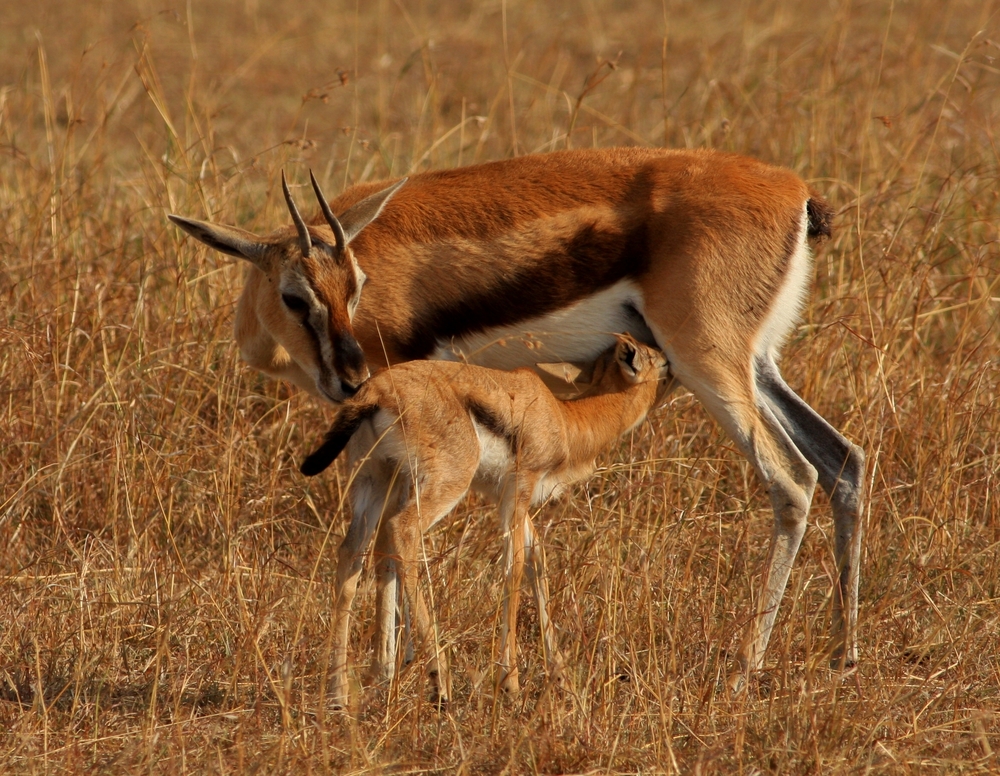The number of gazelle species is subject to some debate among zoologists due to variations in classification criteria, but generally, there are about 19 recognized species of gazelles. These species are spread across Africa and Asia, each adapted to its specific habitat, ranging from deserts and arid regions to grasslands and savannas. Some of the well-known species include the Thomson’s Gazelle, Grant’s Gazelle, Dorcas Gazelle, and the critically endangered Dama Gazelle.
Each species of gazelle has distinct physical characteristics and behaviors suited to its environment. However, due to factors like habitat loss, poaching, and competition with livestock, several gazelle species are under threat, with some like the Dama Gazelle facing critical endangerment. Conservation efforts are ongoing to protect these graceful animals and their habitats.






























































